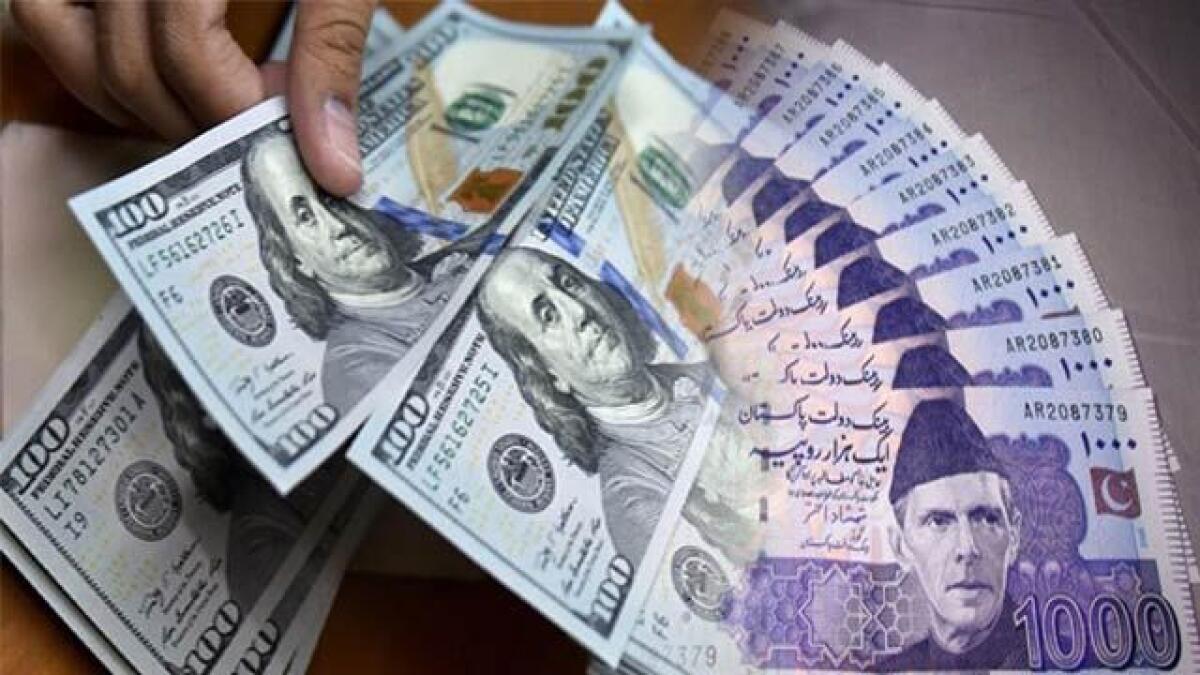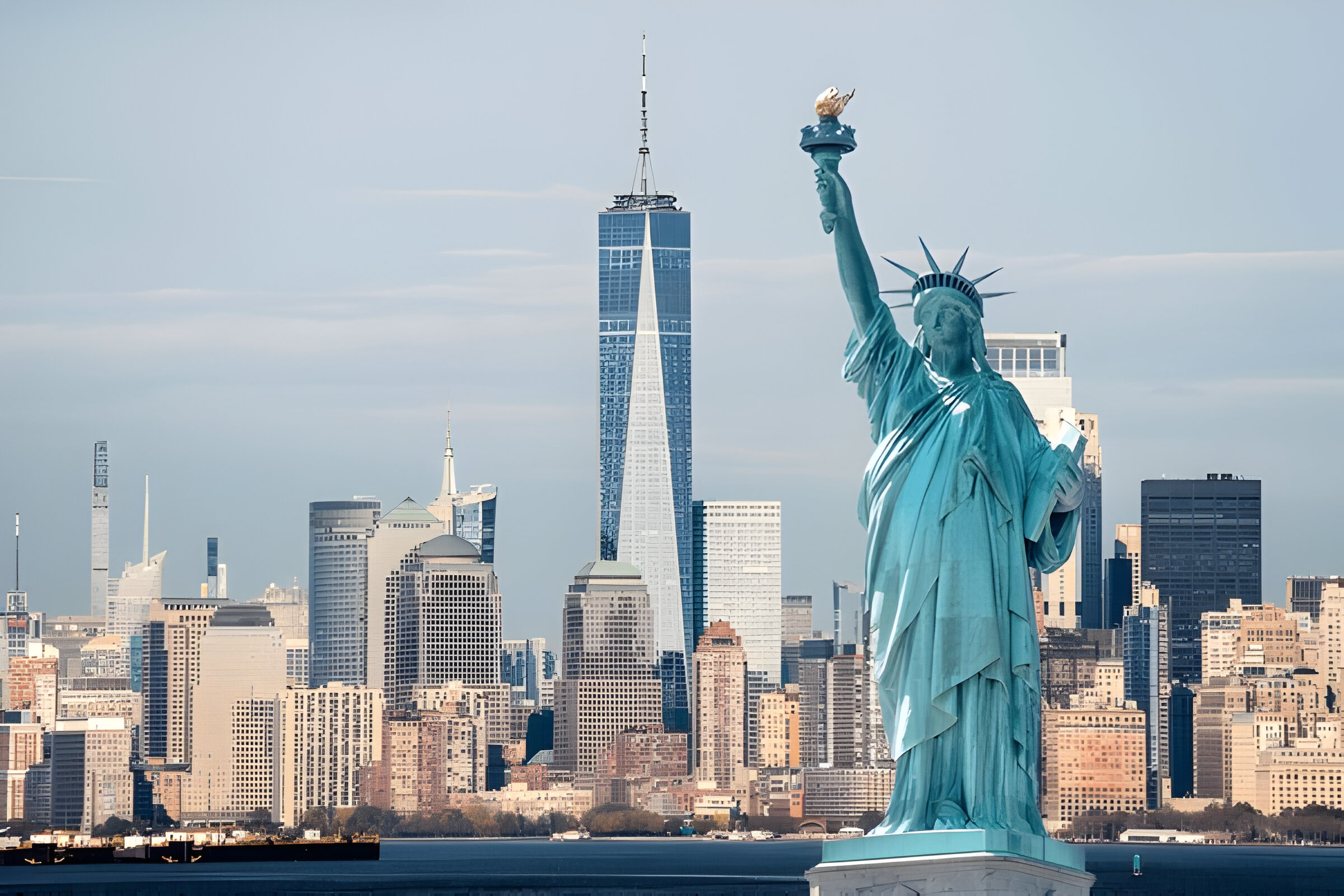Introduction To 1 USD to PKR
The exchange rate between the United States Dollar (USD) and the Pakistani Rupee (PKR) is a critical economic indicator for Pakistan. It not only reflects the value of the PKR against a global currency but also impacts numerous economic sectors, from trade and remittances to inflation and the overall economic health of the country. Understanding how the 1 USD to PKR exchange rate fluctuates and the factors that influence it is essential for businesses, investors, and the general public in Pakistan.
In addition to the USD to PKR exchange rate, another important foreign exchange rate for Pakistan is the 1 Pound to PKR exchange rate. The British Pound Sterling (GBP) also plays a significant role in Pakistan’s foreign exchange markets, as the UK is a major trading partner and home to a significant Pakistani expatriate community.
The Current Situation of 1 USD to PKR
The value of the 1 USD to PKR exchange rate has seen significant volatility over the past few years. As of late 2023, the USD to PKR exchange rate stands at around PKR 280-300, a marked depreciation from previous years when the rate hovered around PKR 150-160. Several internal and external factors contribute to this depreciation, including Pakistan’s economic challenges, geopolitical tensions, global economic trends, and the overall health of the US economy.
The depreciation of the Pakistani Rupee against the US Dollar is not just an abstract economic indicator but has real-life implications. It raises the cost of imports, particularly energy and fuel, which are critical to the Pakistani economy. The higher cost of imports leads to increased inflation, putting pressure on the average Pakistani consumer. Furthermore, industries that rely on imported raw materials also face higher production costs, affecting both local businesses and consumers.
Historical Trends in USD to PKR
To understand the current situation, it is useful to look at the historical performance of the USD to PKR exchange rate. Over the past decade, the Pakistani Rupee has steadily depreciated against the US Dollar. In 2013, the exchange rate was around PKR 100 per USD. However, due to various internal and external factors, including political instability, high inflation, and fiscal deficits, the Rupee has depreciated significantly. By 2018, the USD to PKR exchange rate crossed the PKR 120 mark, and in the subsequent years, it accelerated further, with the rate nearing PKR 200 by 2021.
The trend of depreciation accelerated following the economic challenges posed by the COVID-19 pandemic and subsequent global inflationary pressures. As of 2024, the USD to PKR rate continues to be volatile, fluctuating between PKR 280-300.
Factors Influencing 1 USD to PKR Exchange Rate
Several factors play a role in determining the exchange rate between the US Dollar and the Pakistani Rupee. Some of these factors are specific to Pakistan’s economy, while others are global trends that affect most emerging market currencies.
1. Inflation Rate
One of the most significant factors that affect the USD to PKR exchange rate is inflation. Pakistan has experienced high inflation rates in recent years, which erodes the purchasing power of the Rupee. High inflation makes Pakistani goods and services more expensive, leading to reduced demand in international markets and a weakening of the currency.
2. Monetary Policy
The monetary policy adopted by Pakistan’s central bank, the State Bank of Pakistan (SBP), plays a crucial role in determining the value of the Rupee. When the SBP raises interest rates to control inflation, it can attract foreign investment, which helps strengthen the currency. Conversely, when the central bank lowers interest rates, it can lead to a depreciation of the Rupee as investors seek higher returns elsewhere.
3. Political Stability
Political instability and uncertainty are major factors that contribute to the depreciation of the Rupee. Investors are less likely to invest in a country where the political situation is unpredictable, leading to capital outflows and a weakening currency. Pakistan has faced significant political challenges in recent years, contributing to the volatility of the Rupee.
4. Trade Deficits
Pakistan has historically run large trade deficits, meaning it imports more goods and services than it exports. This creates a demand for foreign currencies like the USD to pay for imports, which puts downward pressure on the Rupee. Efforts to reduce the trade deficit, such as increasing exports and reducing imports, are necessary to stabilize the currency.
5. Foreign Debt
Another factor that affects the USD to PKR exchange rate is Pakistan’s foreign debt. When a country has a high level of foreign debt, it must make interest and principal payments in foreign currencies, typically USD. This creates additional demand for USD and weakens the domestic currency. Pakistan’s foreign debt has grown significantly in recent years, adding pressure on the Rupee.
6. Remittances
Remittances from Pakistanis working abroad, particularly in the US, UK, and Gulf countries, are a vital source of foreign exchange for the country. Higher remittance inflows can help support the Rupee, as they increase the supply of foreign currency in the market. Conversely, a decline in remittances can lead to a depreciation of the currency.
The Impact of 1 USD to PKR on the Economy
The exchange rate between the US Dollar and the Pakistani Rupee has a direct impact on various aspects of Pakistan’s economy. Some of the key areas affected include:
1. Imports and Exports
A weaker Rupee makes imports more expensive, which increases the cost of goods and services that rely on imported materials, such as fuel, machinery, and consumer goods. This can lead to higher inflation and a reduced standard of living for Pakistanis. On the other hand, a weaker Rupee can make Pakistani exports more competitive in international markets, potentially boosting export revenues.
2. Foreign Investment
Foreign investors are sensitive to exchange rate fluctuations. A stable and strong Rupee can attract more foreign investment, while a weak and volatile currency can deter investors. The recent depreciation of the Rupee has made it more challenging for Pakistan to attract foreign direct investment (FDI), which is essential for economic growth.
3. Inflation
As mentioned earlier, the depreciation of the Rupee leads to higher import costs, which can contribute to rising inflation. Inflation erodes the purchasing power of consumers, making it more difficult for them to afford basic goods and services. In recent years, Pakistan has faced double-digit inflation, which has put a strain on the economy.
1 Pound to PKR: A Key Exchange Rate for Pakistan
In addition to the USD to PKR exchange rate, the exchange rate between the British Pound Sterling (GBP) and the Pakistani Rupee (PKR) is also significant. As of late 2023, 1 Pound to PKR exchange rate stands at around PKR 350-400. The British Pound is one of the world’s strongest currencies, and the UK is a major trading partner for Pakistan. Moreover, the large Pakistani diaspora in the UK sends significant remittances back to Pakistan, making the GBP an important currency for the country.
Historical Trends in 1 Pound to PKR
Like the USD to PKR rate, the 1 Pound to PKR rate has also seen significant fluctuations in recent years. In 2013, the rate was around PKR 150-160 per GBP, but it has since more than doubled due to the depreciation of the Rupee. The GBP is considered a stable currency, but its value relative to the PKR is influenced by the same factors that affect the USD to PKR rate, including inflation, political stability, and foreign debt.
Conclusion
The exchange rates between the US Dollar, British Pound, and the Pakistani Rupee are critical indicators of Pakistan’s economic health. The USD to PKR and 1 Pound to PKR exchange rates have seen significant fluctuations due to a range of internal and external factors, including inflation, political stability, foreign debt, and remittances. These exchange rates have a direct impact on the cost of living, trade, and foreign investment in Pakistan.
As Pakistan continues to face economic challenges, stabilizing the Rupee and managing the country’s exchange rates will be essential for economic recovery and growth. Policymakers will need to focus on controlling inflation, improving political stability, and reducing trade deficits to strengthen the Rupee and ensure a more stable economic future for Pakistan.




